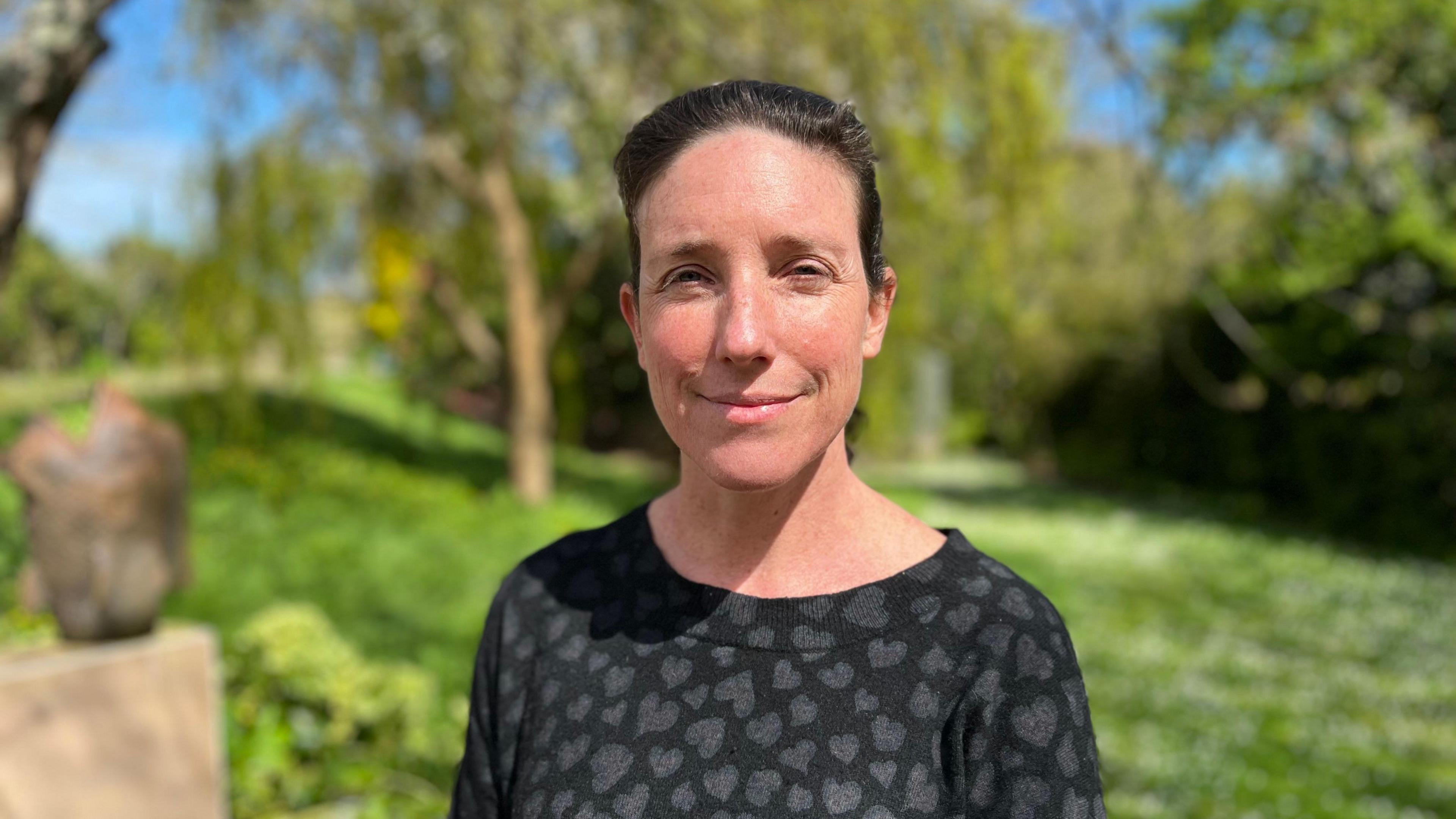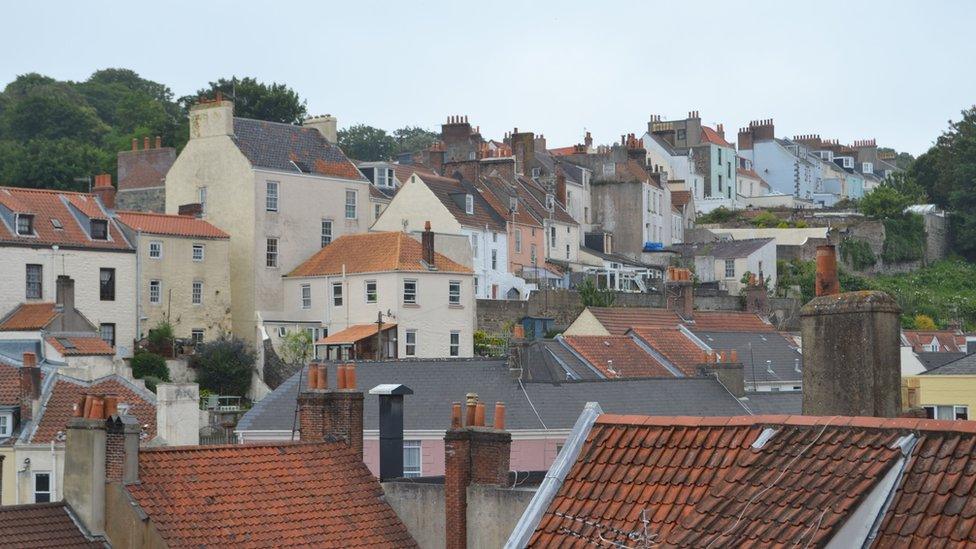Fewer houses needed according to States indicator

A re-run of the States Strategic Housing Indicator has found that the island needs less houses in the next five years.
- Published
Guernsey does not need as many new houses as previously thought following a re-assessment of the Strategic Housing Indicator, external (SHI).
The SHI sets out how many and what sizes of properties are needed on the island.
It assesses what properties the island currently has, the resident population, and how households may form over the five years, using indicators including immigration levels and birth rates.
It originally had a set target of 1,565 new units of accommodation between 2023 and 2027, but this has been adjusted to 1,488 units needed by 2028.
'More suitable homes'
President of the Committee for Environment and Infrastructure, Deputy Lindsay De Sausmarez, said the committee re-ran the modelling to "make sure it was using the most accurate and up-to-date information".
She said the reduction is mainly down to the island's housing stock being used more efficiently than it was before.
"More people are finding homes that are more suitable to their needs", she said.
The split between private and affordable housing is similar to the previous model - with an additional 815 units of private accommodation are needed over a five-year period, down from 844.
The state-subsidised affordable housing sector needs an additional 637 units, down from 721.
The States said the numbers are within the agreed 10% plus or minus variance, so it will not debate an adjustment to the indicator in this term.
Follow BBC Guernsey on X (formerly Twitter), external and Facebook, external. Send your story ideas to channel.islands@bbc.co.uk, external.
Related topics
- Published1 April 2023

- Published9 April 2024

- Published9 October 2024
